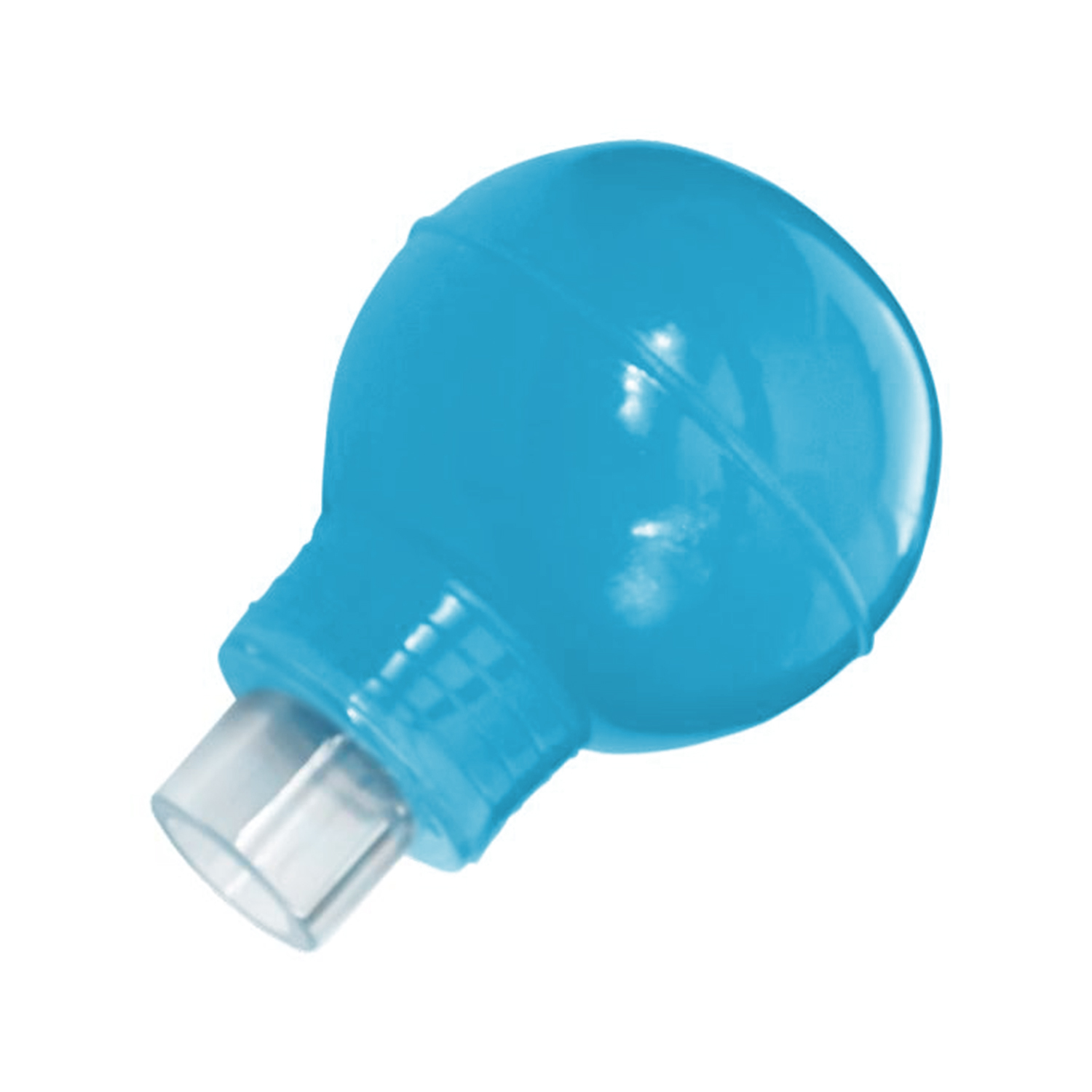Ambu TubeChek Intubation Detectors - Case of 20

Ambu TubeChek Intubation Detectors - Case of 20
0 item is in your cart. View cart now
All product and company names are trademarks of their respective holders. Use of them does not imply any affiliation with or endorsement or sponsorship by them.
Details
The Ambu TubeChek esophageal intubation detector is a disposable device to verify proper endotracheal tube placement that takes advantage of anatomical differences between the trachea and the esophagus.
After endotracheal tube placement and before any ventilation attempts, attach the TubeChek with the compressed plunger (plunger should be completely compressed before attachment) to the endotracheal tube. If the tube is placed into the esophagus, its soft, unsupported walls will collapse around the end of the endotracheal tube; attempts to aspirate air create negative pressure (or vacuum) within the TubChek reservoir preventing the plunger from being drawn out of the reservoir. If the tube is placed in the trachea, the rigid trachea remains patent, allowing the plunger of the TubeChek to be easily withdrawn from the TubeChek reservoir.
The Ambu TubeChek-B esophageal intubation detector bulb is a disposable device to verify endotracheal tube placement. Like the original TubeChek, the TubeChek-B takes advantage of anatomical differences between the trachea and the esophagus. After endotracheal tube placement and before any ventilation attempts, first compress the bulb and while holding it in a compressed state, attach the unit to the endotracheal tube, a vacuum is created once the compressed bulb is released. Should the endotracheal tube be properly placed, the bulb will re-inflate. Chemical reactions and long stabilization periods to determine accurate CO2 readings are unnecessary and special handling and storage problems are a thing of the past.
And since the TubeChek does not rely on chemical reaction to detect the presence or absence of end-tidal carbon dioxide, no waiting period for stabilization is required and special handling, storage, and shelf life are no longer considerations. All other endotracheal tube placement protocol verification techniques should be followed as well. This device is not to be used in children 5 years of age or less than 20 kg.
Features:
- Simple
- Easy to Use
- Inexpensive
- Reliable - Even in Cardiac Arrest
- Fast, Immediate Results
- No Calibration
- No Risk of Ventilating Stomach
- Durable
- Long Shelf Life
- Usable in Low Light Conditions
- Glows in the Dark